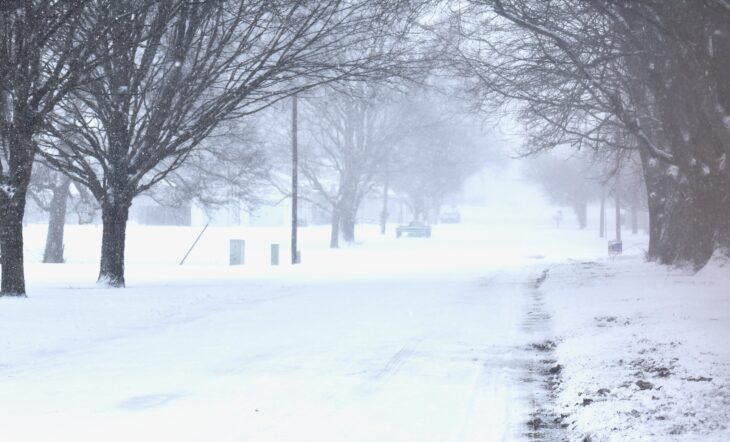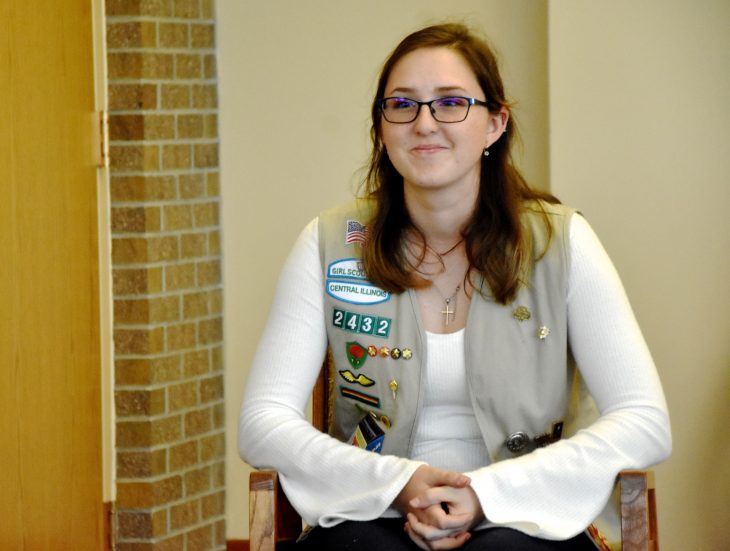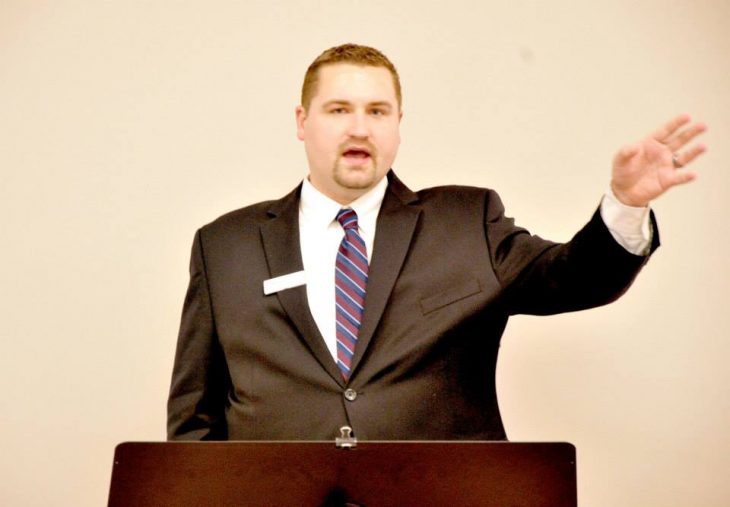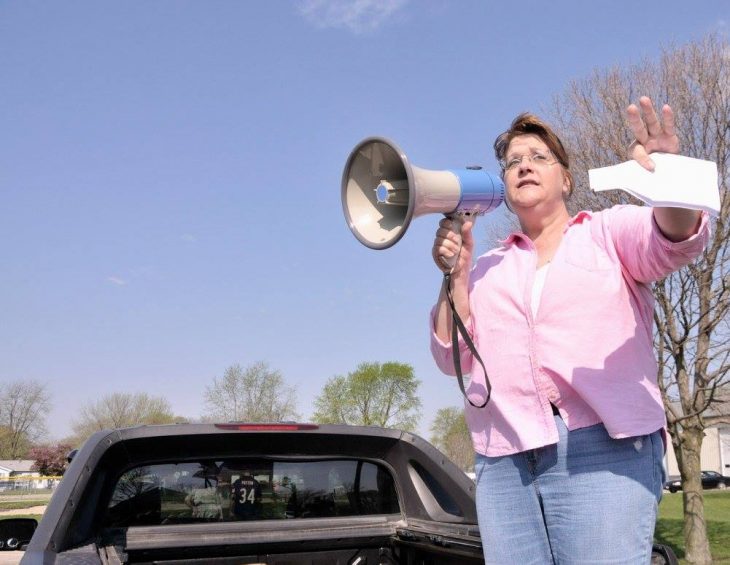While the Internet may have people believing anyone with a computer can predict the weather, the former Director of the The Midwestern Regional Climate Center says that isn’t true.
“As a minimum, meteorologists have a bachelor’s degree,” said
Steve Hilberg. “For many forecasting positions these days, a Master’s
Degree is needed as well. Course work includes specific meteorology
courses, math, and physics.”
Hilberg, who retired as MRCC Director October 2011 after serving more than 13 years in that position, said the non-trained “mediatrologists” or those who act like meteorologists on social media typically post model output maps they like and post them online, many times as click bait.
“The trained professionals are looking at the entire forecast
picture,” he said. “The atmosphere is incredibly complex and it takes
someone who has the education and training to use the tools we have
available and apply them correctly.”
Hilberg said social media
has helped shape people’s perceptions of meteorologists and forecasts
due to the misinformation that is published.
“Most people don’t
appreciate the fact that even subtle changes in the atmosphere can have
a big impact on the forecast,” he said.
Hilberg, who currently works part-time on climate services and
applied climate projects for the MRCC, said he has always been
fascinated by the weather.
He began his 36-year career with the Illinois State Water Survey
as a student worker and in 1998 he was named an assistant Illinois
State Climatologist for two years. Before that, he was responsible for
extension services at the Water Survey.
“Pretty much everything fascinates me about the weather,”
Hilberg said. “I’ve been into weather since I was 10 and knew shortly
after that this is what I wanted to do when I grew up. My particular
interest is winter storms, but I sure won’t pass up a good
thunderstorm.”
Hilberg said the way weather is predicted has changed over the years.
Now the number of tools meteorologists have available to use is
numerous. Hilberg said that when he was in school there were only two
models that projected weather out to 36 hours.
“We plotted and analyzed maps by hand,” he said. “Now, we have a
number of forecast models that range from the global to regional, and
all of them have their strengths and weaknesses.”
Hilberg said the global models project weather out to 16 days, while regional models project out four to five days.
Satellite and radar data provides an instantaneous picture of
what is going on in the atmosphere, along with the tens of thousands of
surface weather observations, Hilberg said.
Hilberg said that it is important to remember that the models
are just tools and it takes a trained person to interpret the models and
know how they apply to the particular weather situation they are
forecasting.
Hilberg said meteorologists can generally predict the weather conditions about seven days ahead of time.
“That human element is critical,” he said. “That’s one reason
you really can’t trust the forecast apps, for example, on a smart phone.
The apps just take the model output and interpret that for your
location. If the models are way off, then the forecast you see will be
wrong.”





























You must be logged in to post a comment.